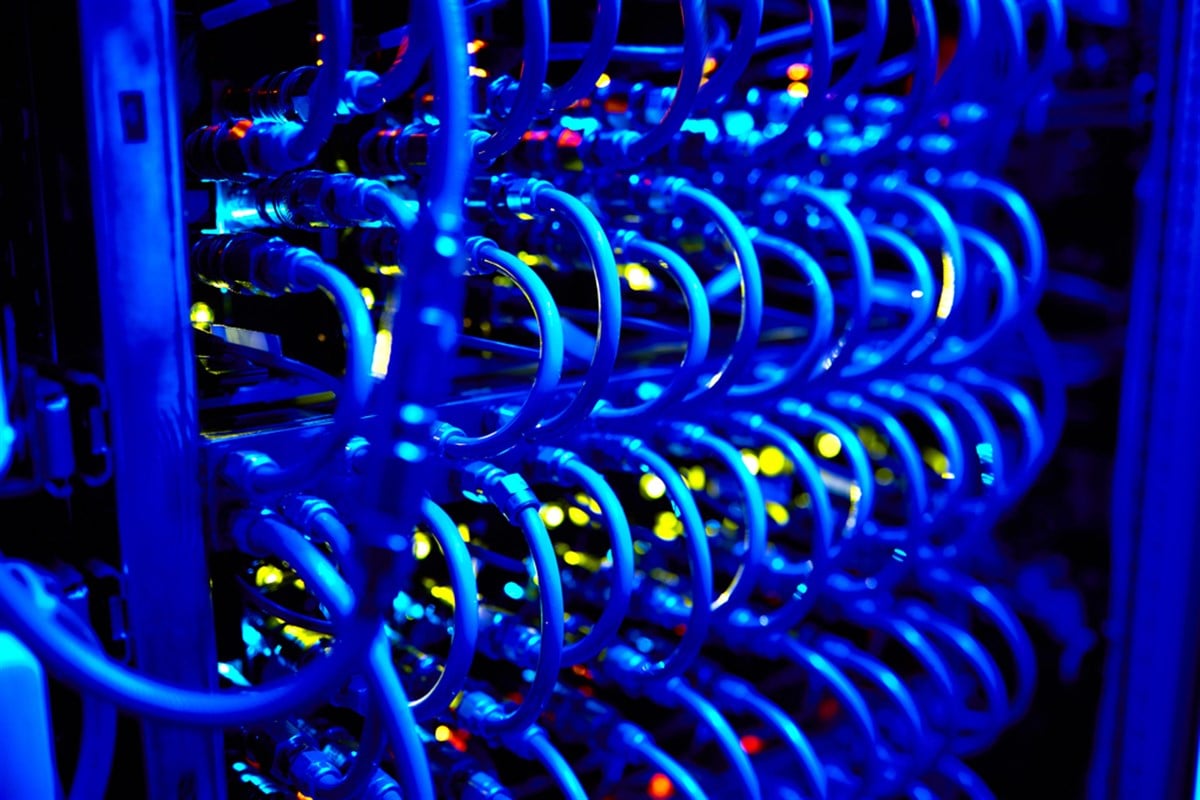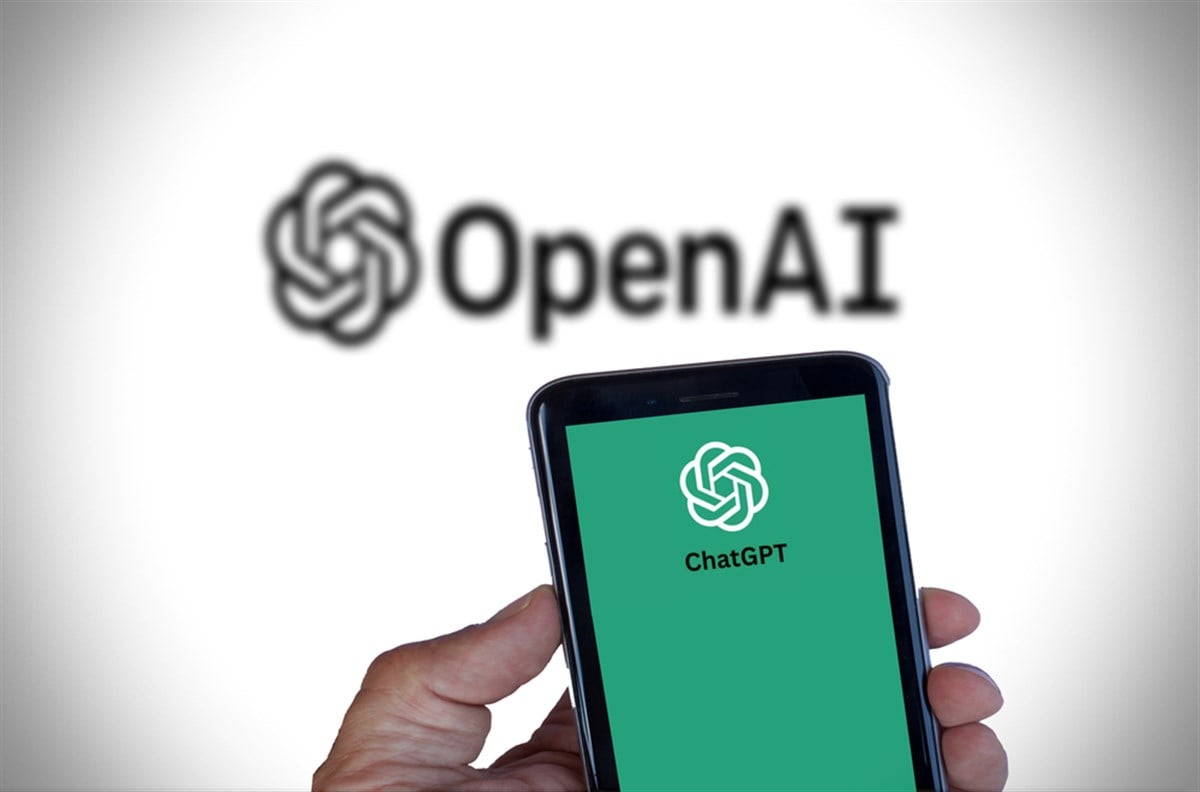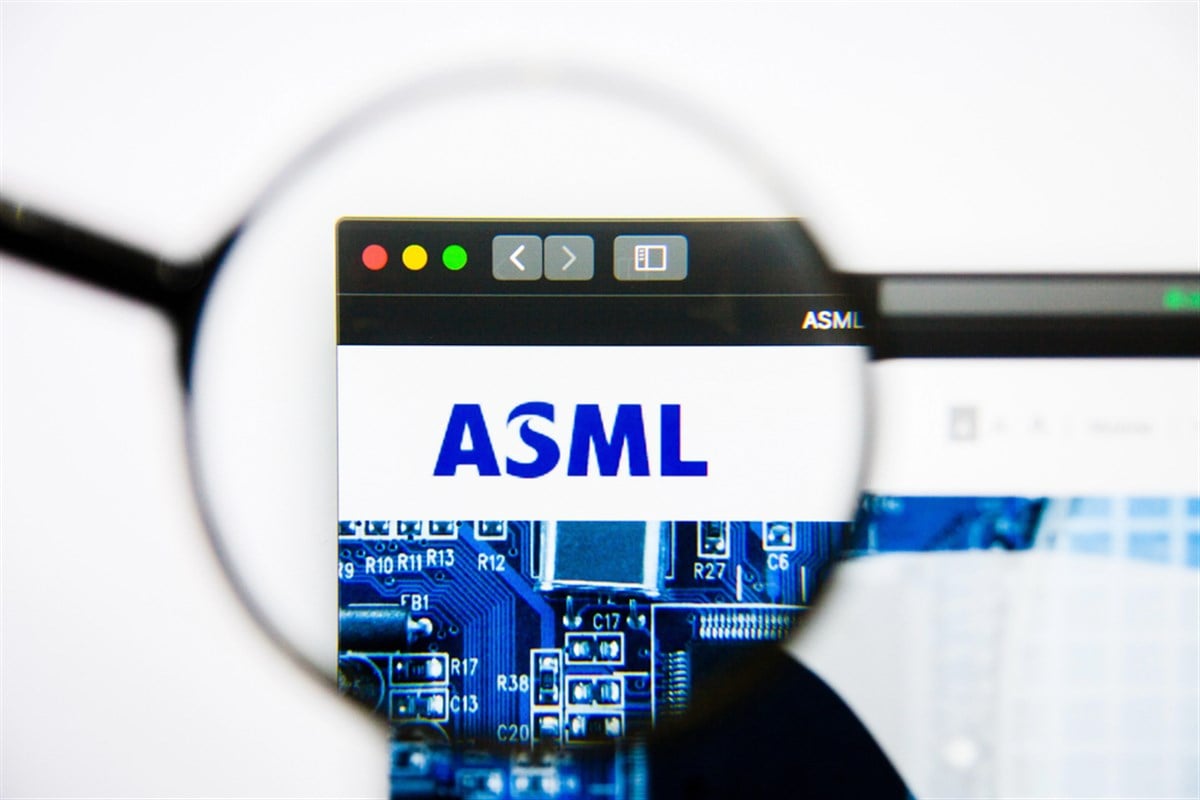Microsoft & NVIDIA Unveil GB300 Supercomputer as AI Race Heats Up

Microsoft Corp. (NASDAQ: MSFT) and NVIDIA Corp. (NASDAQ: NVDA) recently announced the launch of the world’s first GB300 Supercomputer for OpenAI. MSFT stock is up more than 21% in 2025, but growth has decelerated to just over 1% in the last three months. Investors are taking a breather as they wrestle with the artificial intelligence (AI) buildout versus the lofty valuation of many stocks, particularly those in the tech sector.
But this announcement, coming approximately two weeks ahead of Microsoft’s next earnings report, should remind investors why owning best-in-class stocks matters, and why even the loftiest price targets for MSFT stock may be too low.
Microsoft and NVIDIA Redefine the AI Infrastructure Race
The issue centers around what’s being referred to as “the monetization” of AI. For investors of a certain age, this can be summed up by the phrase, “we won’t be fooled again.”
The dot-com bubble of the late 1990s and early 2000s taught or reminded investors that fundamentals matter. Many investors got burned by companies that had a good story but no way to turn that story into sustainable revenue and/or profits.
At that time, Microsoft was already one of the world’s most powerful technology companies. However, the company, which was about 10 years old at the start of the dot-com era, didn’t get the same buzz as fresh newcomers like AOL, Yahoo, and Amazon (NASDAQ: AMZN).
This was even though Microsoft’s Internet Explorer became the de facto browser and helped push the company to a $600 billion market cap by the turn of the century, a staggering amount at that time.
Then and now, many investors failed to appreciate how Microsoft used its size and solid balance sheet to push into the markets that would define its growth for the next 20 years.
From Dot-Com Lessons to AI Monetization
A similar story is emerging regarding AI. Microsoft is transitioning from AI hype to AI revenue. Copilot subscriptions in Office 365, GitHub, and Dynamics 365 are beginning to scale, creating new recurring revenue streams.
With the GB300 supercomputer, Microsoft deepens its integration with OpenAI. This ensures that Microsoft will get priority access to the most advanced AI models and give its ecosystem (Office, Azure, LinkedIn, and more) a unique competitive edge.
Azure’s Strategic Role in OpenAI’s AI Growth
Microsoft has announced tens of billions of dollars in capital expenditures to expand its global network of AI-ready data centers. This is in response to the overwhelming demand for compute power, specifically high-speed compute (HSC) power, to train and deploy large language models (LLMs).
However, investors know that Microsoft is making these commitments from a position of strength. The company’s Azure platform is the backbone of OpenAI’s operations. The addition of GB300-powered clusters strengthens its leadership in AI cloud infrastructure.
Capital Spending That Expands Margins, Not Costs
The takeaway is that as enterprise customers race to deploy generative AI workloads, Microsoft stands to capture a disproportionate share, similar to how Amazon's AWS dominated the first wave of cloud adoption.
At the same time, the GB300 system is engineered for both performance and efficiency, lowering training costs and improving compute utilization across Microsoft’s data center footprint. These gains should ultimately translate into higher cloud margins and long-term operating leverage as AI workloads scale.
The GB300 Supercomputer Bridges Toward Quantum Leadership
The GB300 architecture is built for massive parallel processing, model training, and ultra-high-speed data handling. That makes it the pinnacle of classical (GPU-based) AI computing. However, it’s also foundational to the hybrid systems that will blend classical and quantum computing in the near future.
Microsoft’s long-term quantum roadmap envisions a “quantum-classical hybrid cloud” where Azure seamlessly allocates workloads between GPUs, CPUs, and quantum processors. In that context, the GB300 platform becomes a transitional layer where quantum applications will first be tested and scaled.
Analysts See More Upside as Microsoft Strengthens Its Moat
Analysts continue to be bullish on MSFT stock. The consensus price target of $618.47 is about 20% above the stock’s closing price on October 15. However, several analysts have increased their price targets for MSFT stock, including Wells Fargo, which raised its price target from $650 to $675. That’s one of the first targets to go above $650, but it’s likely not going to be the last.
With a price-to-earnings (P/E) ratio of around 37x earnings, Microsoft is trading at a premium to the market and to its own historical average. However, investors have been willing to pay that premium for the company’s double-digit earnings growth, which is expected to continue over the next 12 months.
Those earnings highlight the tech giant’s robust free cash flow and fortress balance sheet. All of that was in place before the company started turning AI-driven revenue into tangible profits. That means, if the company delivers a bullish earnings report, analysts may decide the company’s multiple is not only justified but may be too low compared to the company’s long-term potential.
Learn more about MSFT

